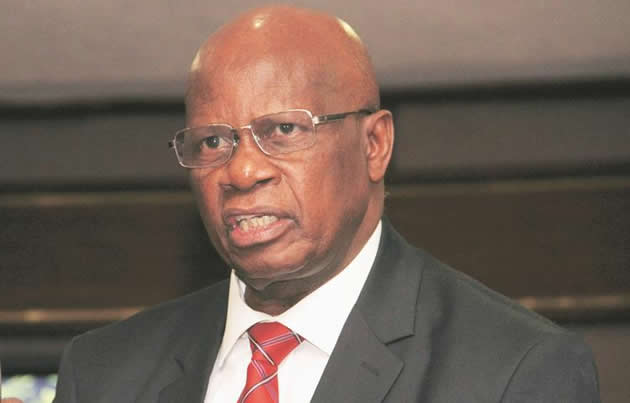Zimbabwe plans economy that will look like a million dollars
By Brian Latham
Zimbabwe, whose economy has halved since 2000, said it will boost output growth to almost 10% next year through agriculture and manufacturing, and by giving more people access to banking services.

The government is targeting an average annual growth rate of 6.6% between now and 2018, according to a document given to Bloomberg by the Finance Ministry. The economy is projected to expand by 9.5% in 2017 and 8.9% 2018, according to the document.
The sub-Saharan African nation needs to repay $1.8bn of debt to the International Monetary Fund (IMF), the World Bank and the African Development Bank to be able to resume borrowing as it seeks to revive an economy that the IMF projects will expand by 1.4% this year.
Zimbabwe, which has been led by President Robert Mugabe since 1980, is currently experiencing a liquidity crisis that has led to limits on daily cash withdrawals and resulted in civil servants being paid late last month.
Growth will be sustained by “pillars” of the economy, such as agriculture and manufacturing, and the inclusion of very small businesses, according to the document.
The poverty-reduction plan, which the government aims to implement after cabinet approval, will seek to provide banking access to at least 90% of the population by 2020, up from an estimated 69% now.
“Ordinary citizens still lack confidence in the formal banking sector because of the 2008 experience,” the Finance Ministry document says, referring to the era of hyperinflation, which reached 500-billion percent according to the IMF.
That experience left Zimbabweans suspicious of both banks and Zimbabwe’s local currency, which was abandoned in 2008. The southern African nation now relies on the US dollar, the South African rand, the yuan, the pound and the euro.
To improve confidence in banks and promote savings, the Finance Ministry will form savings and credit co-operative societies, according to the report.
While Zimbabwe’s mining and manufacturing industries continue to struggle, that is largely due to low commodity prices and fluctuations in the value of the rand, the report said.
“The depreciation of the rand against the dollar in particular has weakened Zimbabwe’s competitiveness vis-à-vis its main trading partner, South Africa,” says the report.
Zimbabwe remains a net importer, with a current account deficit of 22% of gross domestic product, it said. Bloomberg






